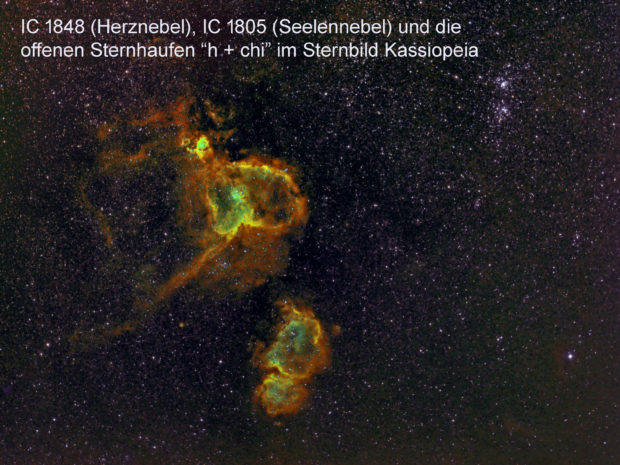 Light visible to the human eye has wavelengths from about 400nm (nanometers) to about 700nm. To produce astronomical color images with cooled, low-noise (CCD or CMOS) cameras, one proceeds as follows: Three single images are taken with the filters red (approx. 600nm to 700nm), green (approx. 500nm to 600nm) and blue (approx. 400nm to 500nm). Thus, the complete visible spectrum is captured. These individual images are then processed into an RGB colour image using suitable software.
Light visible to the human eye has wavelengths from about 400nm (nanometers) to about 700nm. To produce astronomical color images with cooled, low-noise (CCD or CMOS) cameras, one proceeds as follows: Three single images are taken with the filters red (approx. 600nm to 700nm), green (approx. 500nm to 600nm) and blue (approx. 400nm to 500nm). Thus, the complete visible spectrum is captured. These individual images are then processed into an RGB colour image using suitable software.
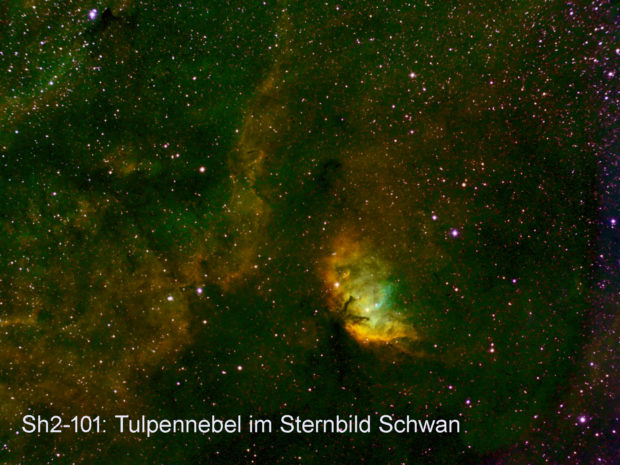 Especially in the vicinity of urban areas, the brightening of the night sky by artificial lighting (“light pollution”) is constantly increasing. Weak objects beyond the solar system can hardly be distinguished from the bright sky background and can hardly be observed. However, various types of luminous gas nebulae emit their light almost only in very narrow wavelength ranges. They have “line spectra”. This circumstance is used when so-called narrow band filters are used.
Especially in the vicinity of urban areas, the brightening of the night sky by artificial lighting (“light pollution”) is constantly increasing. Weak objects beyond the solar system can hardly be distinguished from the bright sky background and can hardly be observed. However, various types of luminous gas nebulae emit their light almost only in very narrow wavelength ranges. They have “line spectra”. This circumstance is used when so-called narrow band filters are used.
Such filters only allow very narrow ranges (typically a few nm.) around the spectral lines of the gas nebulae to pass through. The light emitted by the gas nebulae passes the filters almost completely, the undesired light of the artificial sky illumination is largely blocked. Thus, high-contrast astrophotos are also possible near cities. The Hubble Space Telescope works with narrow-band filters that allow light from luminous atoms or ions of sulfur (S), hydrogen (H) and oxygen (O) to pass through. Instead of the usual channels R, G and B, these colour channels S, H and O are synthesised into colour images in the computer. Narrow-band photos taken with this “Hubble color palette” are “false-color images” with a high contrast that open up the finest structures in gas nebulae.
The SHO images shown here were obtained with small telescopes within the 10,000-inhabitant city of Wissen.
Images and text: Peter Stinner, member of the STScI.
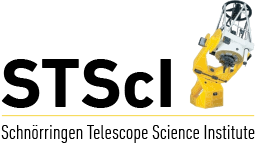

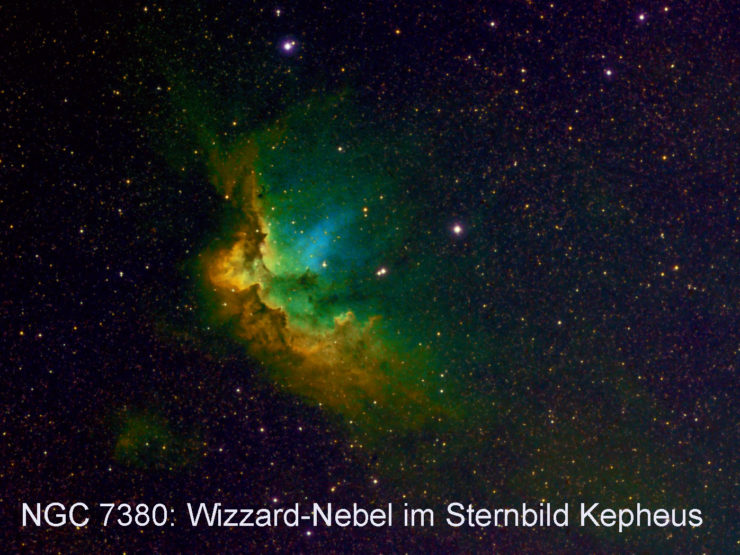
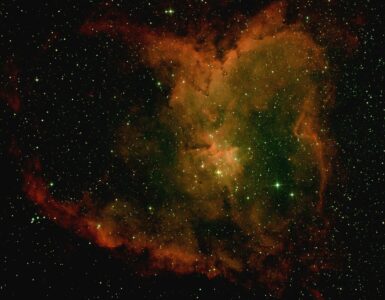
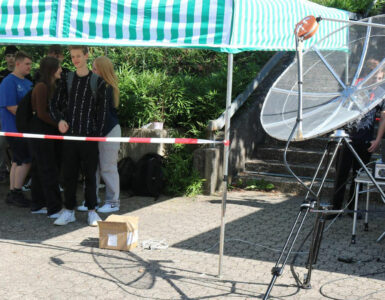
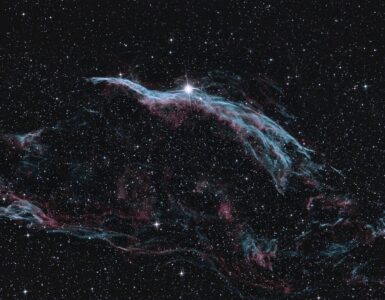
Add comment